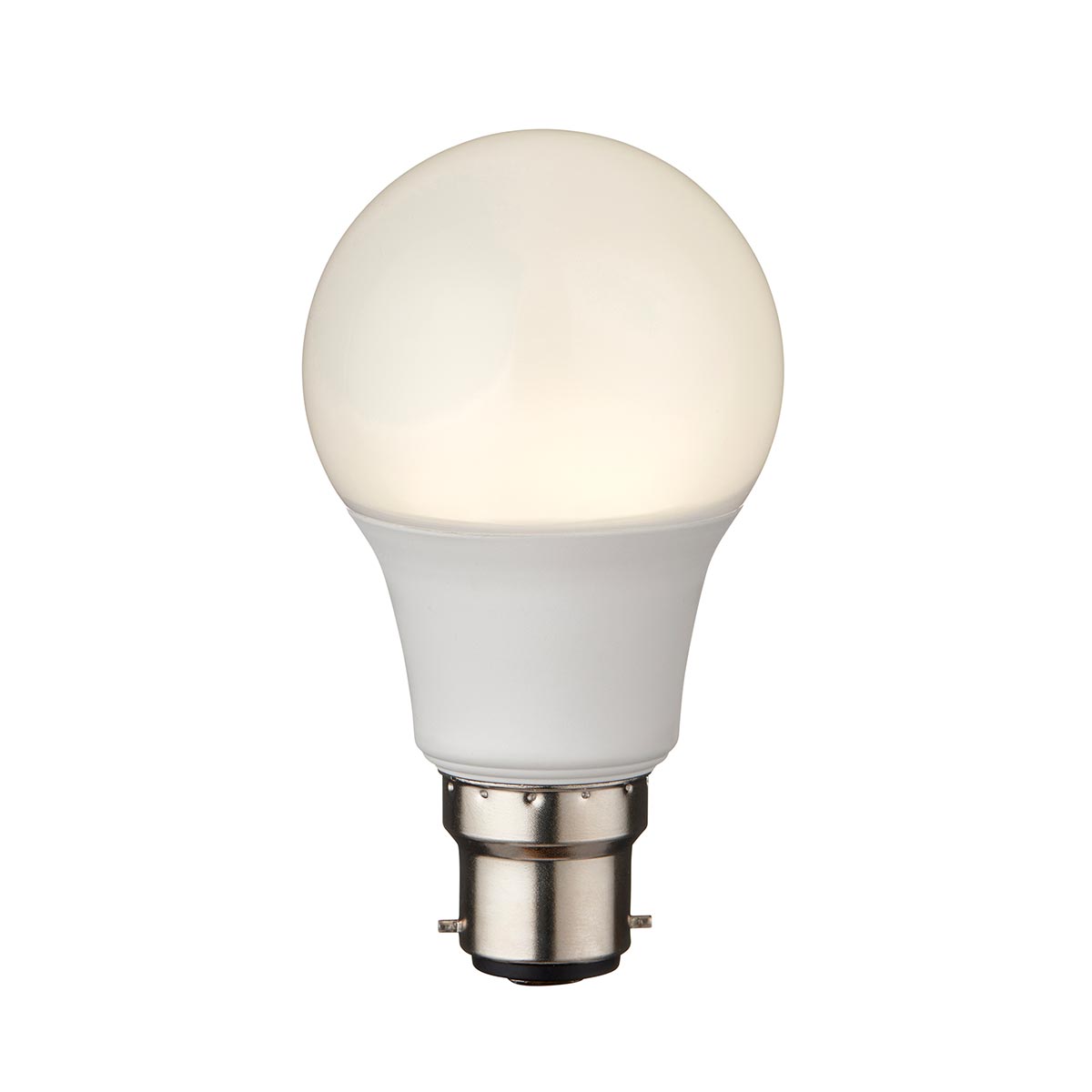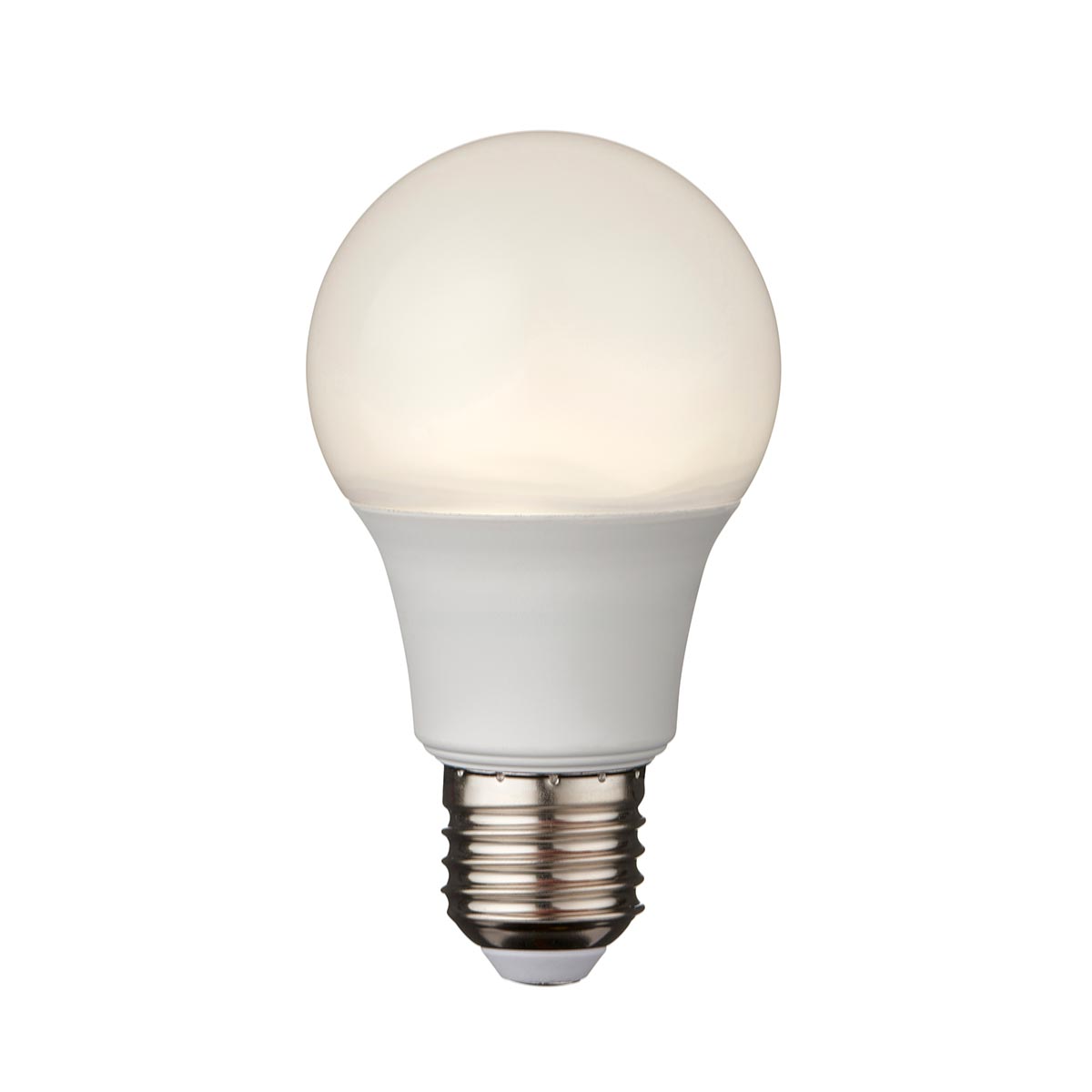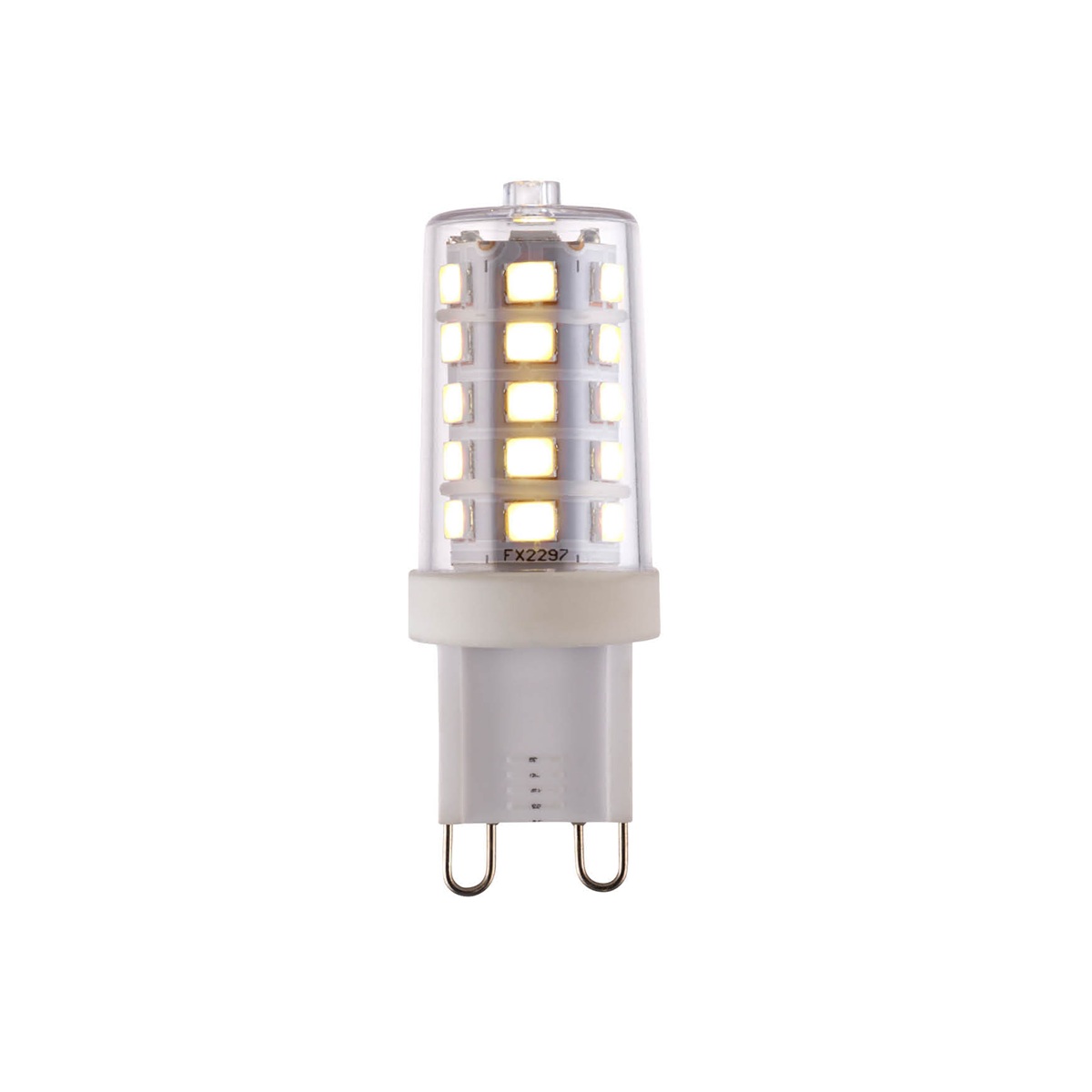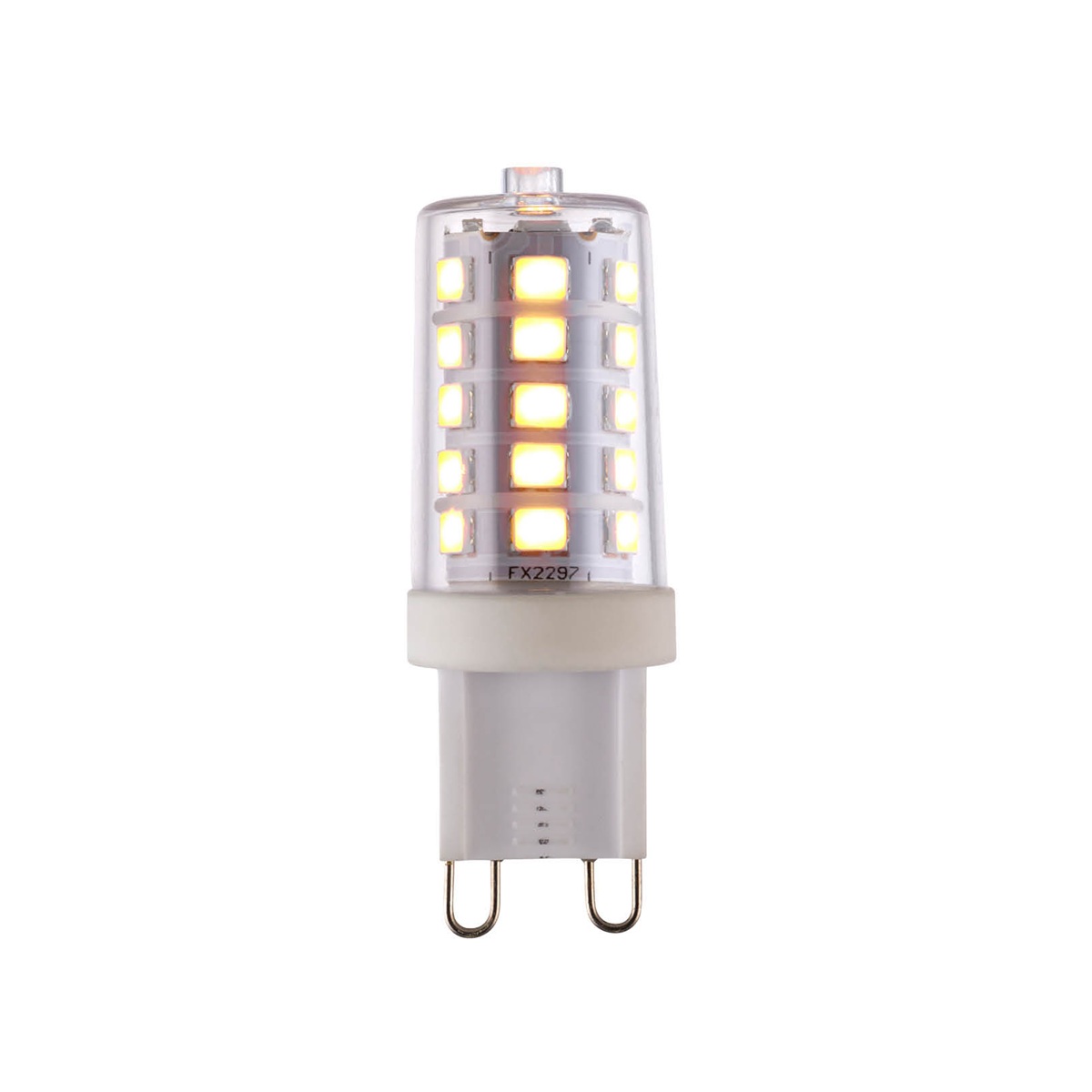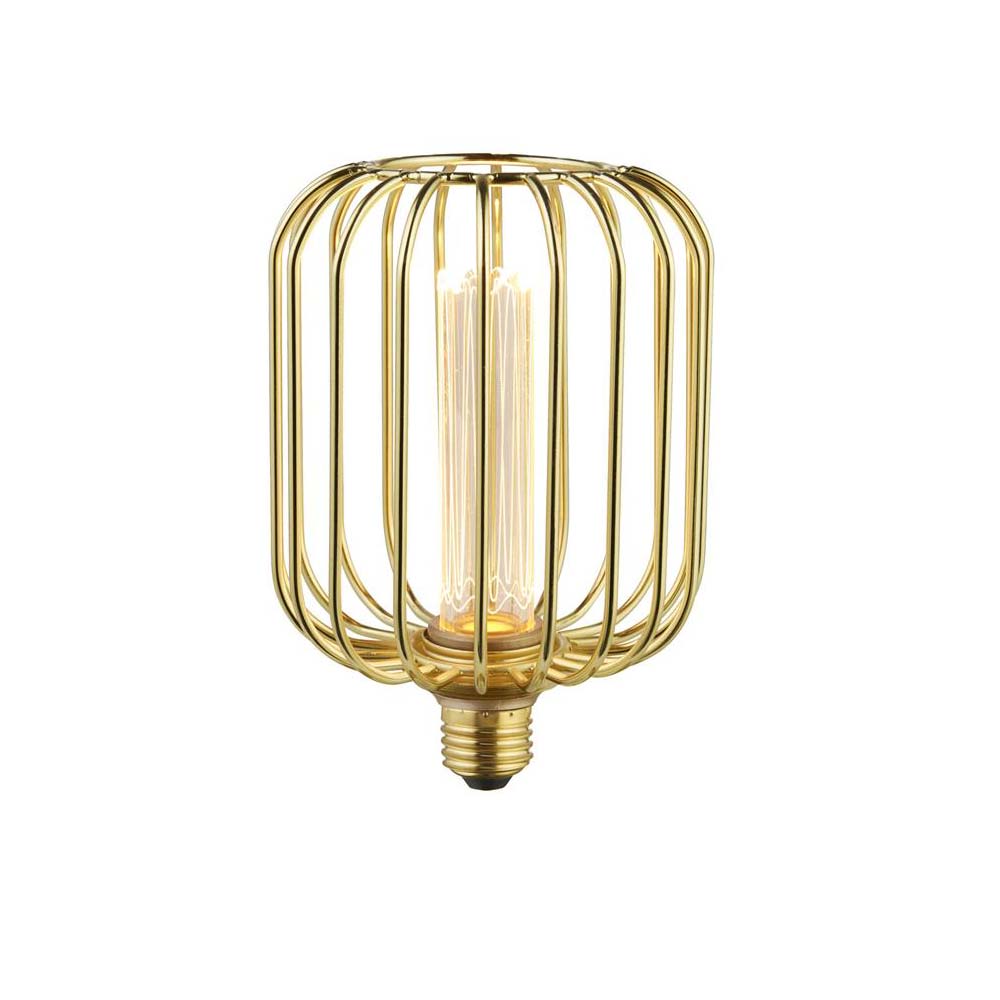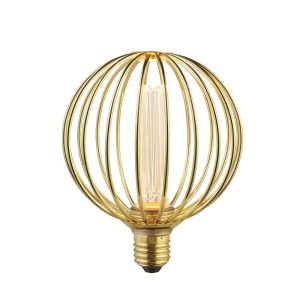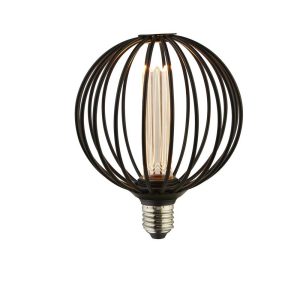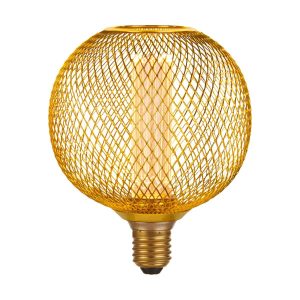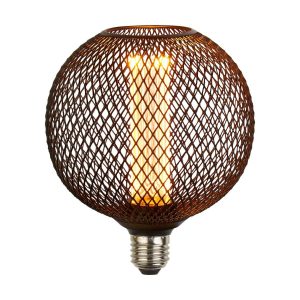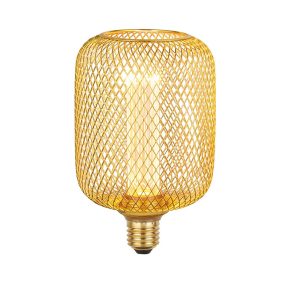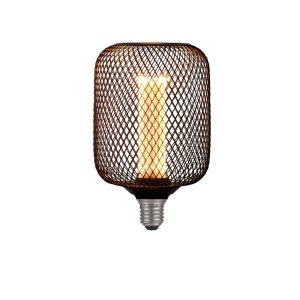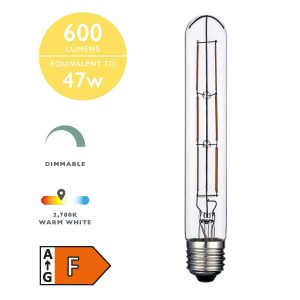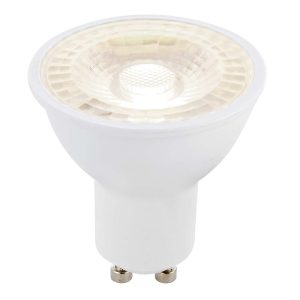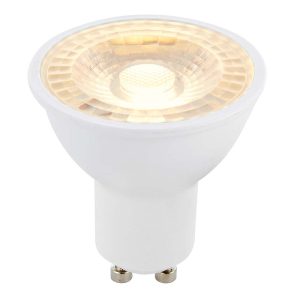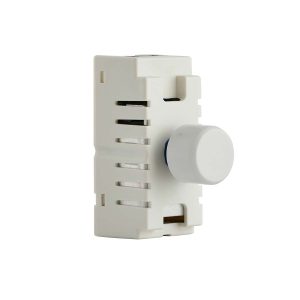LED Bulbs
Our high output LED light bulbs consume a fraction of the power of conventional bulbs and are ideal for use in any light fitting in your home. With their long life, LED bulbs save you money in energy costs, replacement lamp costs and time spent replacing failed bulbs. Available in warm white, white and cool white, there is an LED replacement light bulb for every application.
What are LED’s
LED stand for ‘Light emitting diode’ which is a device that produces light when an electrical current is passed through it. They have been around for a long time, originally as a single LED in remote controls and car key fobs and security systems. As they evolved, they were used in mobile phone screens, hand held devices and even television screens.
LED light bulbs were a natural evolution for the LED, and they don’t disappoint. They have many advantages over the outgoing incandescent light bulb.
- Energy efficiency: LED lights consume up to 90% less energy for the same light output as a standard light bulb.
- Longevity: A quality LED bulb is expected to last for 30,000 to 50,000 hours.
- Control: LED bulbs are available as dimmable or non-dimmable. The dimmable versions can be dimmed between 10% and 100% brightness, making them very controllable.
- Fewer Emissions: LED bulbs do not emit any ultraviolet or infra-red radiation. This makes them ideal for use in picture lights, as they will not fade the artwork.
- Cool running: LED bulbs run cooler and are safe to touch. This makes them safe for use in lamps that could be touched by a young child.
- Colour temperature: Unlike the incandescent bulb, LED replacements are available in a number of different colour temperatures. They can be purchased in warm white, daylight white and cool white.
- Lumens V Watts: LED bulbs show both wattage and lumen output. When looking for a replacement bulb, lumens should be your deciding factor. For guidance, 800 lumens is equivalent to a 60W incandescent bulb.
What are colour temperatures?
The colour of light bulbs is measured against the Kelvin scale, but what does it mean, and what are the different colour temperatures?
-
1200k – 1500k = Candle flame – romantic
-
1800k – 2400k = Sunrise and sunset – gentle on the eye
-
2700k – 3500k = Warm white – The same as an incandescent light bulb and the most popular choice
-
4000k – 4800k = Cool white – best for downlights, task lamps and outdoor lighting.
-
6000k – 6500k = Noon daylight – best for kitchen downlights, security lights and task lamps
- 6500k – 1000k = Into the blue spectrum and best avoided
Always buy quality bulbs from a reputable supplier. The market is awash with cheap alternatives that don’t last very long and produce poor quality light. Buy cheap, buy twice, as the saying goes.
Recently, we have been getting more and more enquiries asking if LED bulbs are safe, as some social media platforms are suggesting that they are bad for your health.
It is true that a recent report by the European Commission highlighted potential risks under certain circumstances. It relates primarily to LED’s in the blue band (cool white) and is only relevant if you stare directly at them for protracted periods without blinking or moving the eyes. Whilst it is a potential risk, it is unlikely that anyone would stare at a bare bulb directly for any amount of time.
For further information, please have a look at our guide on How to Choose the Correct Dimmer Switch and What are Lumens and do They Matter.
-
8W GLS B22 LED Light Bulb 4000k Cool White 806 Lumens
-
8W GLS E27 LED Light Bulb 4000k Cool White 806 Lumens
-
Bright 3.7W Cool White G9 Dimmable LED Bulb 470 Lumens
-
Bright 3.7W Warm White G9 Dimmable LED Bulb 470 Lumens
-
Gold Wire Drum Cage 3.5w Dimmable LED Lamp Bulb E27
-
Black Wire Drum Cage 3.5w Dimmable LED Lamp Bulb E27
-
Gold Wire Globe Cage 3.5w Dimmable LED Lamp Bulb E27
-
Black Wire Globe Cage 3.5w Dimmable LED Lamp Bulb E27
-
Gold Wire Mesh Globe 3.5w Dimmable LED Lamp Bulb E27
-
Black Wire Mesh Globe 3.5w Dimmable LED Lamp Bulb E27
-
Gold Wire Mesh Drum 3.5w Dimmable LED Lamp Bulb E27
-
Black Wire Mesh Drum 3.5w Dimmable LED Lamp Bulb E27
-
Dimmable E27 6w LED Tube Light Bulb Warm White 600Lm
-
Bright 8W SMD Dimmable GU10 LED Bulb Cool White 800Lm
-
Bright 8W SMD Dimmable GU10 LED Bulb Warm White 800Lm
-
Universal 5-250w LED Dimmer Module Leading / Trailing Edge
LED Light Bulbs with High Output and Long Life
At Universal Lighting, we stock every LED lamp bulb in every cap and style. Everything in this section is suitable for use as a direct replacement for old-fashioned incandescent bulbs. They use up to 90% less energy than their traditional equivalent, run very cool and last up to 50,000 hours in normal use. They emit high quality light, making LED technology perfect for bulbs.
Do you need help selecting the correct colour temperature? Unsure of the lamp holder, or can it be dimmed? Our experienced Universal lighting specialists are happy to help. Please call 0151 650 2138 so that we may assist you, or send us a message using the contact us form and one of our team will get back to you within a day.



